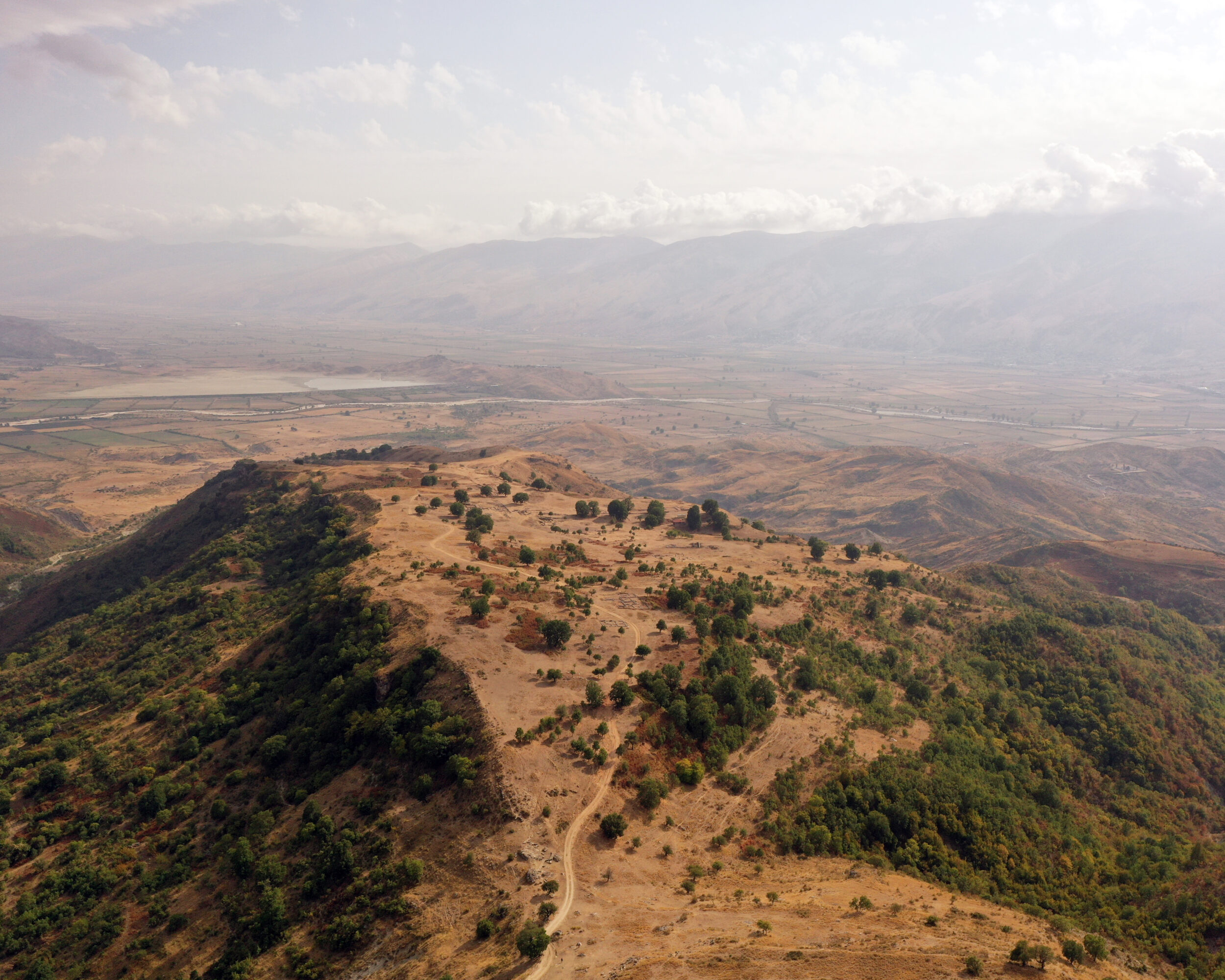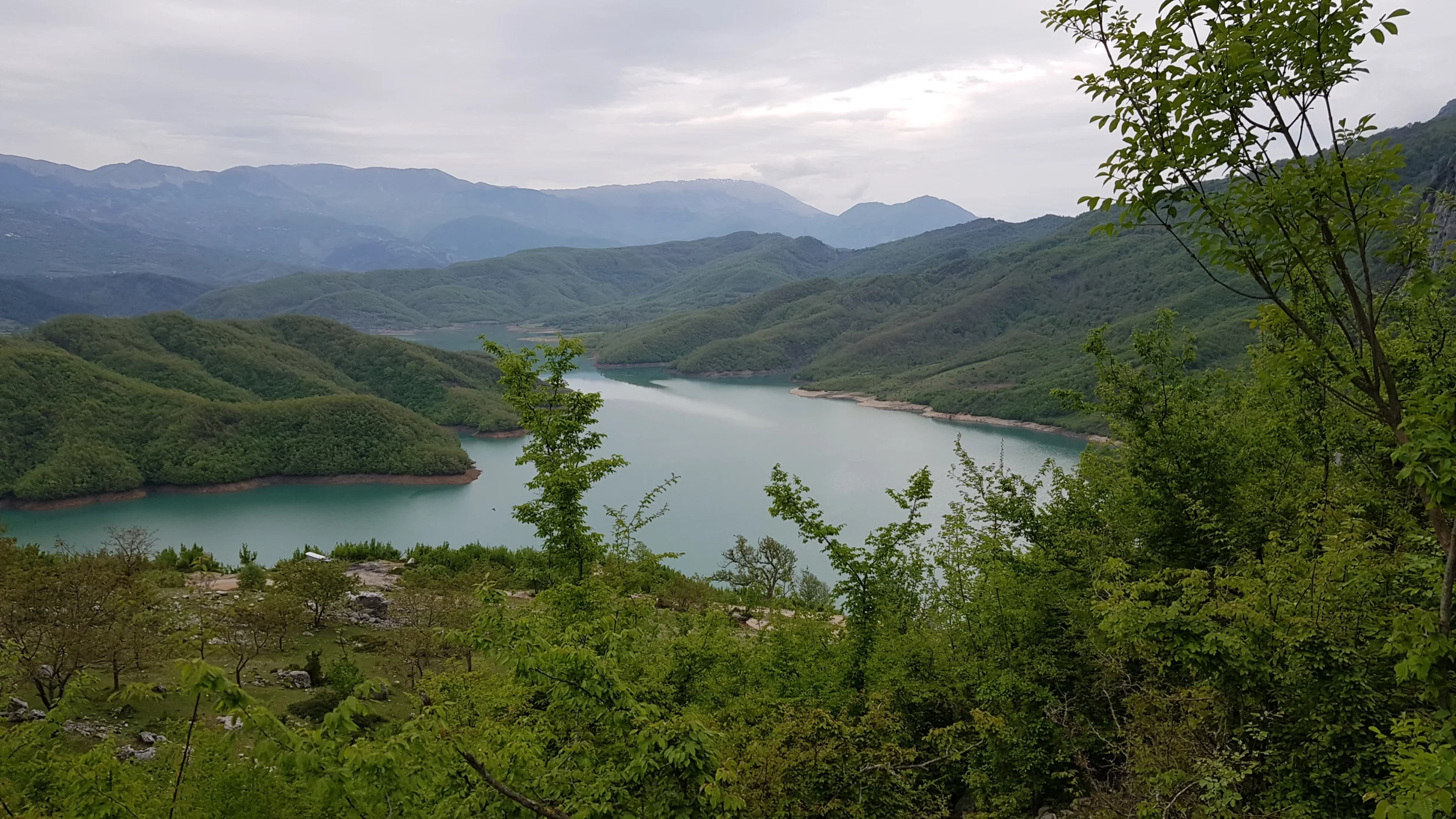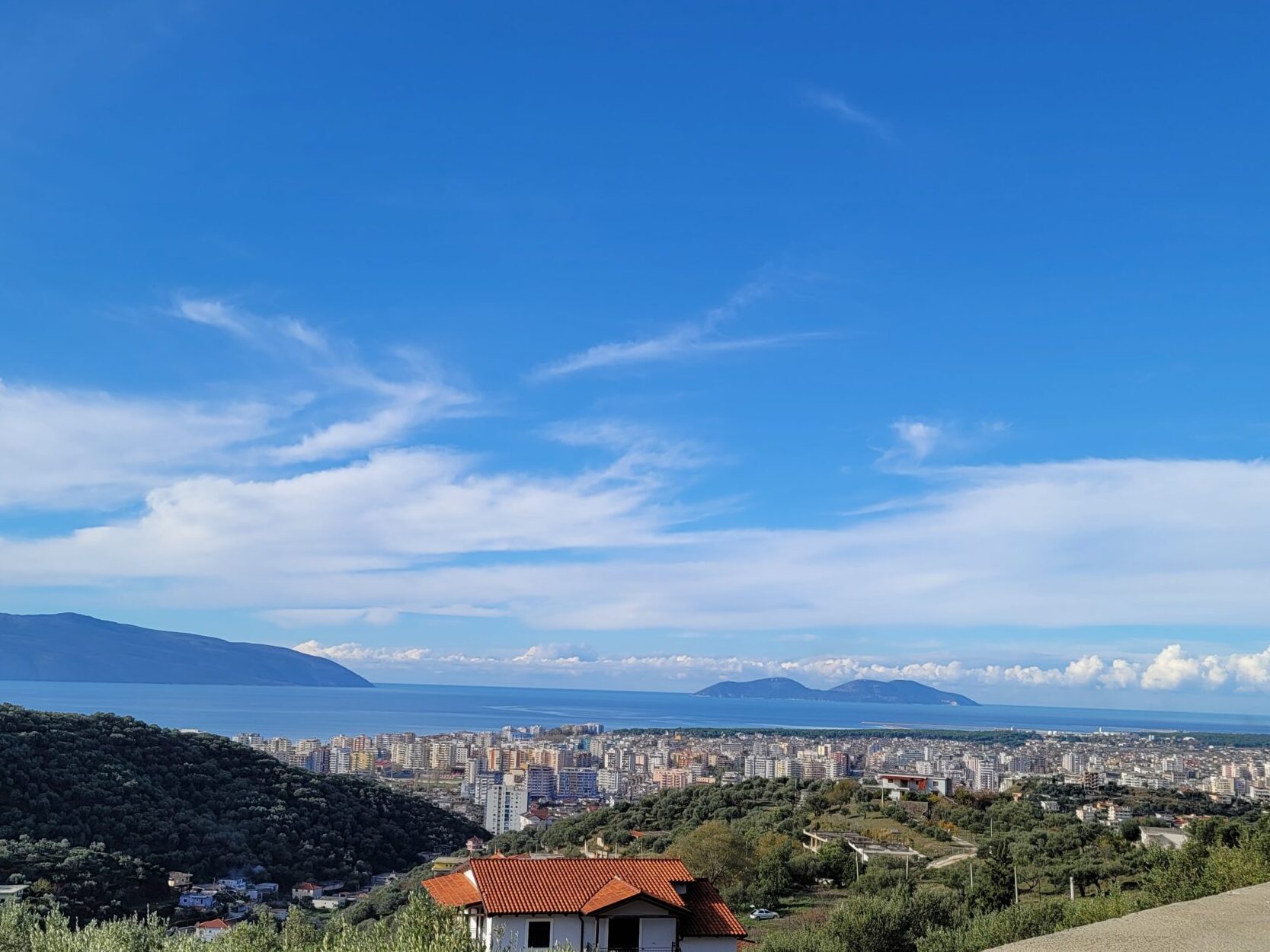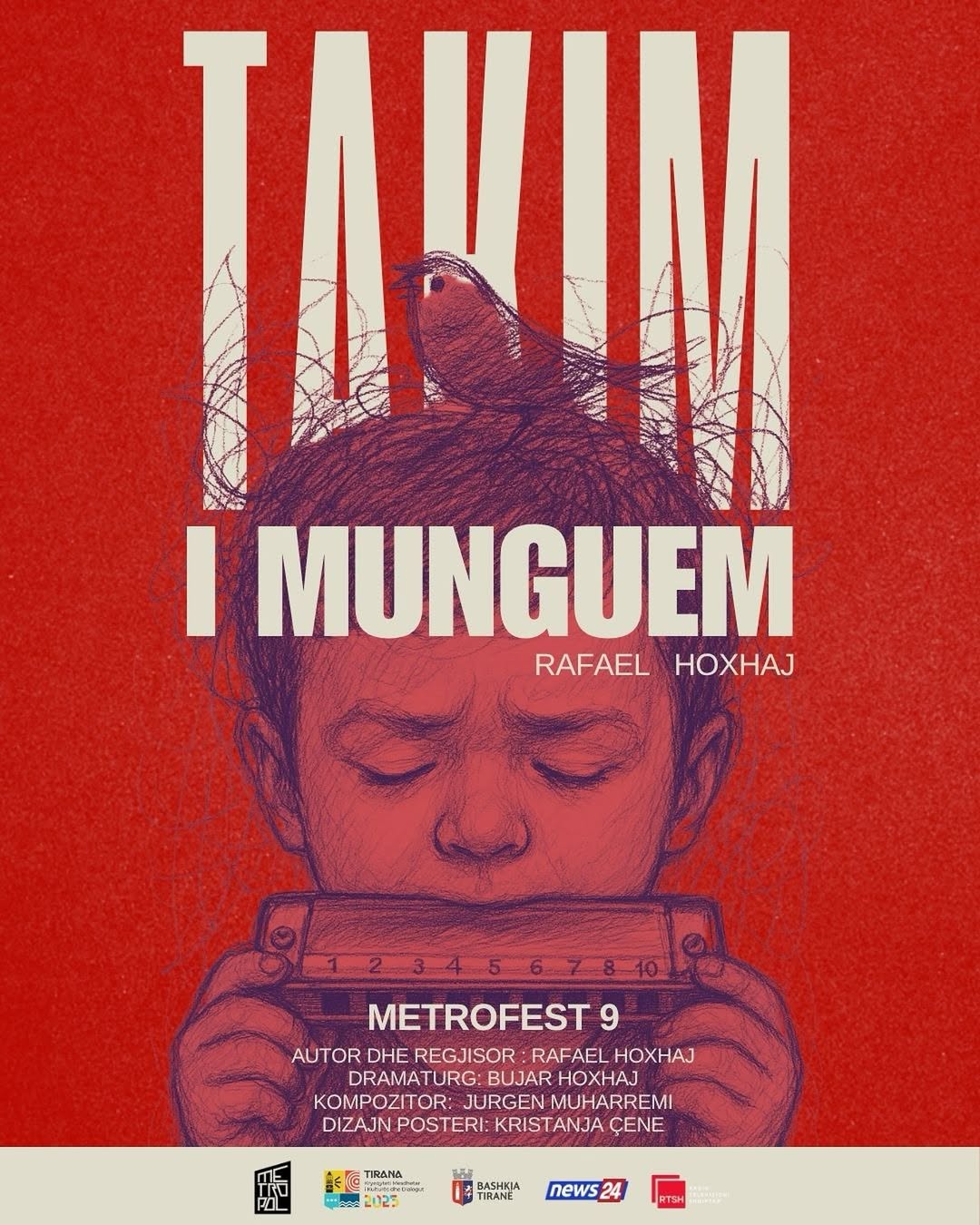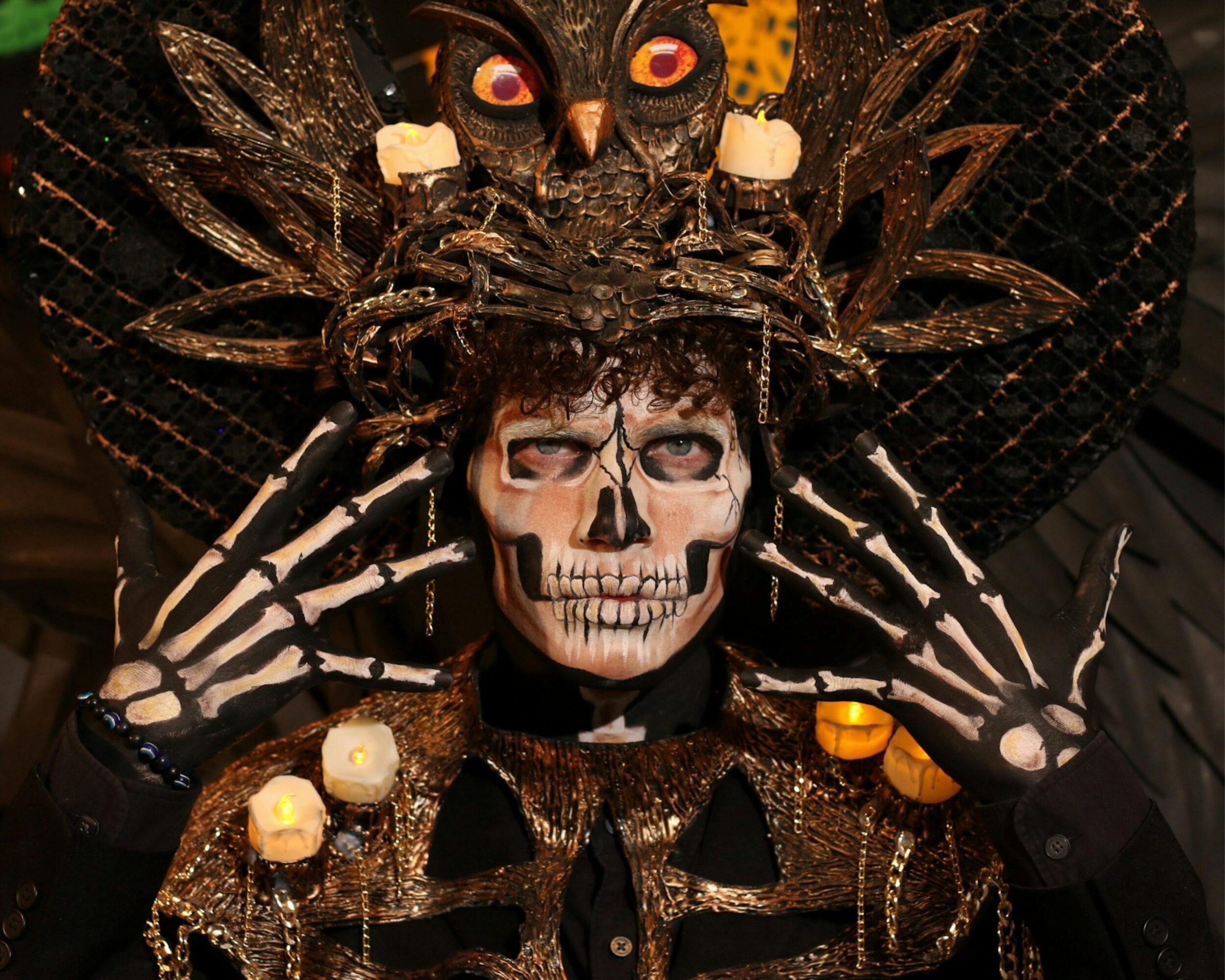Discover the top destinations in Albania — from stunning beaches and historic towns to hidden villages and natural wonders. Start planning your adventure today!
From the ancient Illyrian kingdoms to the Greek colonies and Roman cities, archaeological parks in Albania are living museums of history and culture. Scattered across hills, valleys, and coastal plains, these sites tell the story of civilizations that once thrived in the Balkans. This guide introduces the main archaeological parks you can visit today — each blending history, landscape, and legend.
Looking for the perfect café to spend your weekend in Tirana? Whether you’re a traveler exploring Albania’s lively capital or a local searching for your next favorite coffee spot, this ranked list of the Top 5 Cafes in Tirana is based on Love Albania’s detailed analysis of hundreds of real Google reviews from the past year.
What to do in Tirana this weekend? If you’re looking for a different way to spend your days off, Tirana has everything you need, from cultural events and live concerts…
Just about 30 minutes away from the noise of Tirana, nestled between mountains and fresh air, lies one of Albania's most beautiful and underrated spots: Lake Bovilla. You don’t need…
Why Vlora? Looking for a place where you can enjoy the sun, the sea, good food, and a relaxed lifestyle without emptying your bank account? Welcome to Vlora, the city…
What to do in Tirana this weekend? If you’re looking for a unique way to spend your weekend, Tirana offers everything you need, from cultural events and concerts to exhibitions, children’s…
Looking for the perfect villa in Berat for your next getaway? Whether you’re planning a family trip, a romantic weekend, or a peaceful escape in the “City of a Thousand Windows,” this list has you covered. Based on Love Albania’s 2025 review analysis across Google and Booking, these Top 5 Villas in Berat stand out for their exceptional hospitality, comfort, cleanliness, and authentic Albanian charm.
If you’re in Tirana on October 31, don’t expect the city to look the same. Lights go out, masks come on, and the streets fill with witches, vampires, and strange…
When the crisp air of late autumn sets in, Tirana lights up with creativity and celebration. From cultural fairs and concerts to international weeks and football fever, November 2025 in Tirana promises a dynamic mix of arts, entertainment, and community.
What to do in Tirana this weekend? If you're looking for a unique way to spend your weekend, Tirana offers everything you need, from cultural events and concerts to exhibitions,…


